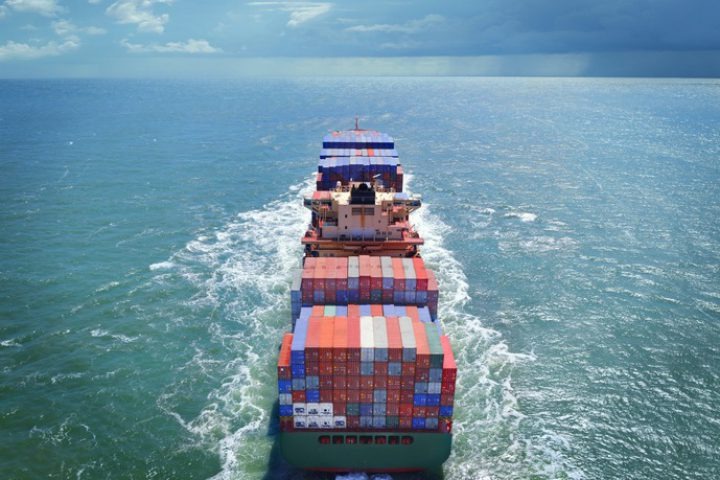
Carriers lead the way in blockchain implementation
The world’s largest container shipping lines are pivotal to the implementation of blockchain in the supply chain, as has been demonstrated by the deployment of electronic-Bills of Lading (e-B/L), and the maritime sector is far ahead of other industries in understanding the technology’s potential.
Broadly thought of by some as being slow to change and resistant to innovation, the maritime sector is now ahead of others, such as finance or insurance, in utilising blockchain.
Speaking to PTI, Gadi Ruschin, CEO and Co-Founder of blockchain solution developer WAVE BL, said the carriers were already making huge efforts to digitise operations and improving customer services before the COVID-19 pandemic but that ensuing disruption has accelerated the process.
MSC Mediterranean Shipping Company (MSC) announced in April 2021 that it had launched an e-B/L designed to help stakeholders receive and transmit Bills of Lading electronically after a successful pilot with WAVE BL.
There has been much emphasis on digitisation in the maritime industry and the supply chain because the pandemic has caused a boom in consumer demand. The result has been that goods have become harder to process and transport across borders due to lockdown measures.
An e-B/L is built to provide a digital alternative to print documentation and allow vital information, such as customs details, to be transferred quickly and securely.
A reliance on paper Bills of Lading has caused containers to pile up in container yards across the world; some industry experts have previously predicted that the pandemic will encourage the adoption of e-B/Ls.
Carriers lead the way in blockchain implementation
Carriers lead the way in blockchain implementation
Managing the pandemic-consumer surge
Ruschin described the pandemic as a “gamechanger” for logistics and digitisation and pointed out that carriers are in a very good position to deploy blockchain, due to the size and reach of the industry’s major stakeholders and refuted the idea that the maritime industry is “antiquated” in its outlook.
“There is no other industry that can allow such a massive impact using a single implementation,” Ruschin said, referring to e-B/L projects with MSC and ZIM Integrated Shipping Services (ZIM), the latter WAVE BL has had in place since 2017.
These agreements mean approximately 20% of containers moved around the world are done so using an e-B/L and this makes implementing blockchain easier in maritime, according to Ruschin.
Many carriers have “migrated most of their activities” to “digital experiences”, including e-B/Ls. “No other industry has been as fast to adopt blockchain,” Ruschin claimed.
As well as carriers, other stakeholders in the maritime industry and supply chain have realised the value and potential of blockchain and have shown interest in WAVE BL’s solutions.
“Everyone in the supply chain is tired of using paper,” Ruschin said. “Everyone understands that this needs to be changed.
“Now, because of the COVID-19, everyone wants this to change, so they are actively approaching and looking for port authorities in multiple jurisdictions, customs agencies, freight forwarders – all of the major ones – are all in our pipeline, if they are not already using it [blockchain].
“Any segment of the industry that you can think of has shown interest, not all proceed with WAVE BL, but they are willing to listen.”
Blockchain and digitisation as a whole has seen considerable cooperation between maritime stakeholders, all of which depend on the easy flow of trade and building a supply chain without barriers.
Fostering innovation across the industry
According to Ruschin, working with multiple stakeholders is imperative to working with the biggest carriers because an e-B/L is one of the few areas where they cannot compete, unlike with customer experience, booking mobile apps and pricing.
“An e-B/L is a network; they cannot compete, and they understand that.” Ruschin drew comparisons with the banking industry, where stakeholders form consortia on blockchain-related innovations to maximise efficiencies.
In the maritime world the Digital Container Shipping Association (DCSA) was established in 2019 to help carriers develop digital standards.
“The carriers not only understand that they cannot use the e-B/L to gain a competitive advantage, but they are also actually supporting and promoting digitisation through the DCSA.
“They are super interested in the entire industry to be digitised, even by understanding that they will not have any competitive advantage.
“But it’s good for them and for the entire industry that everything be digitised and having multiple carriers involved is the only right way to go. Otherwise, it just be a nightmare.”
During PTI’s Smart Digital Ports of the Future (SDP) event in March 2021, it was suggested that a major barrier to implementing blockchain in the supply chain was differing national laws and that there needs to be cross-border regulatory overhaul.
However, Ruschin said while that would make it easier to deploy blockchain solutions, it is already possible to digitise maritime operations without hindrance.
“Providing a simpler legal infrastructure would be awesome, but these are all nice to haves. They are not musts, which means that the legal infrastructure today is good enough. There is no problem with it.
“You can digitise 100% of your activity and you will never face any legal issues, but it can be easier. I support any initiative, but I’m not waiting for this to happen in order to run and digitise, whatever is possible.”
https://www.porttechnology.org/news/carriers-lead-the-way-in-blockchain-implementation/


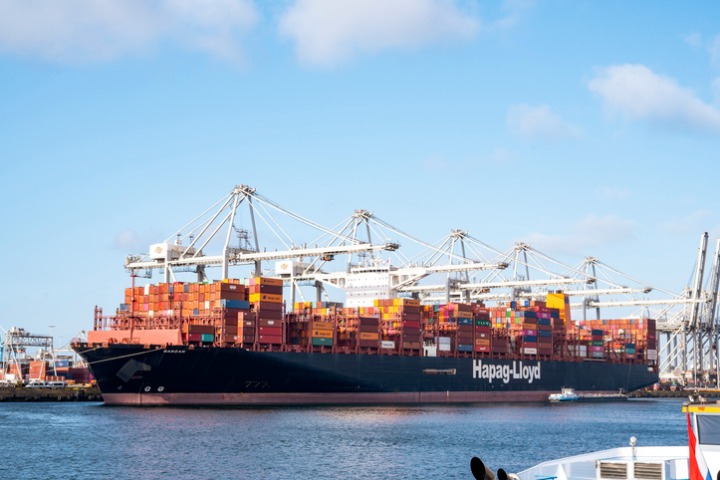
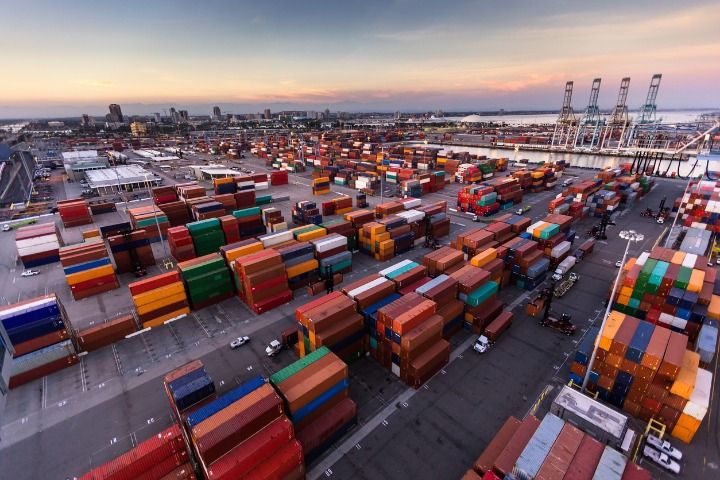
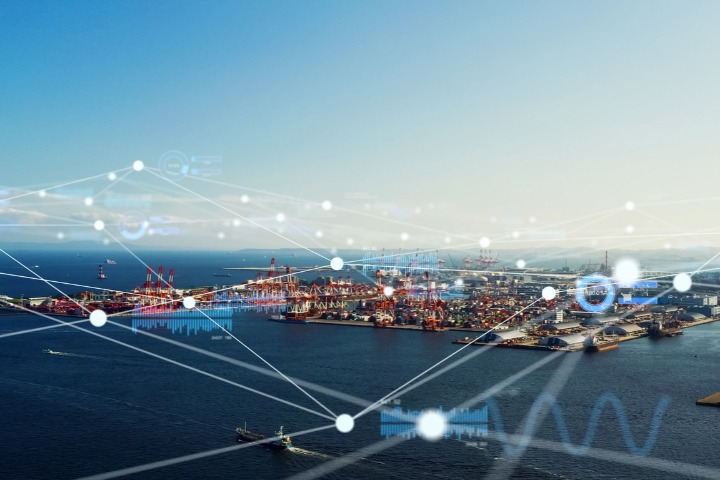
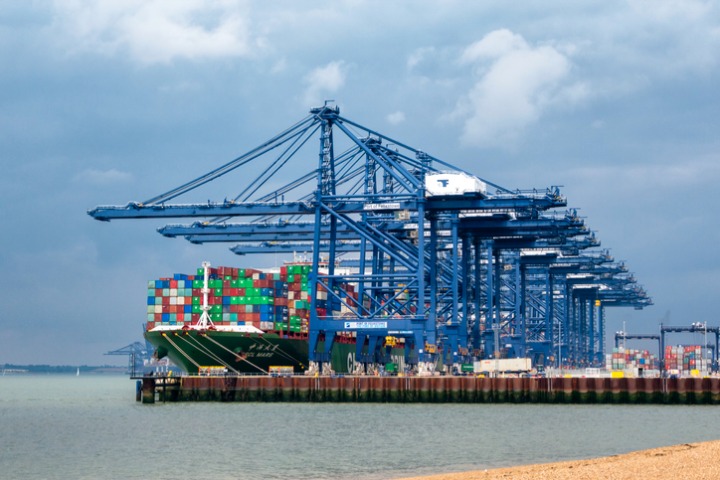

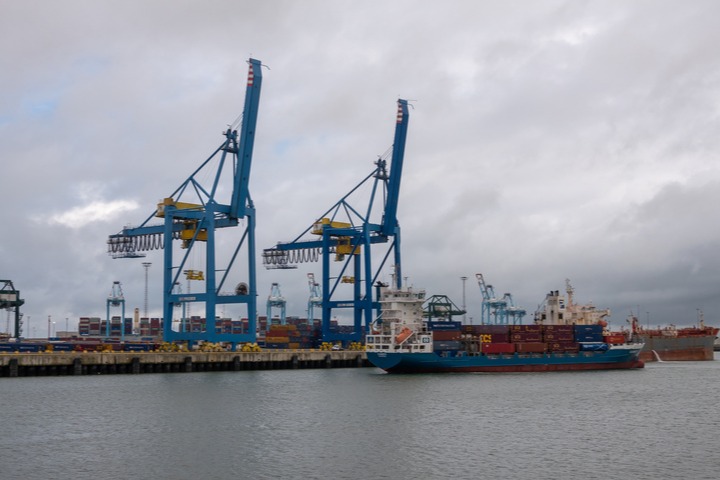
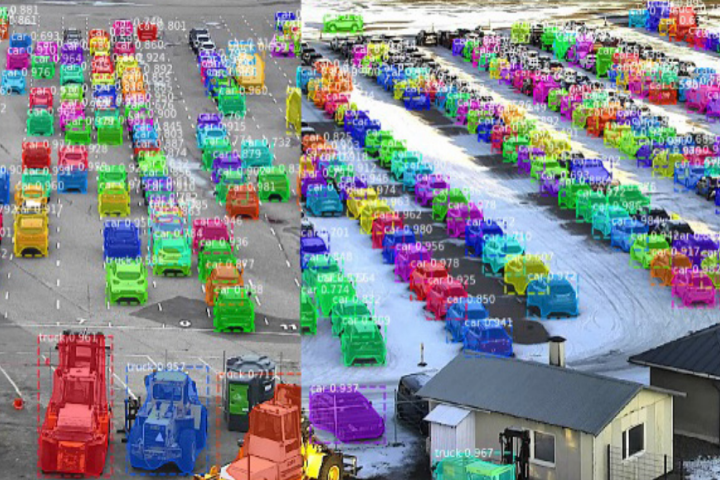
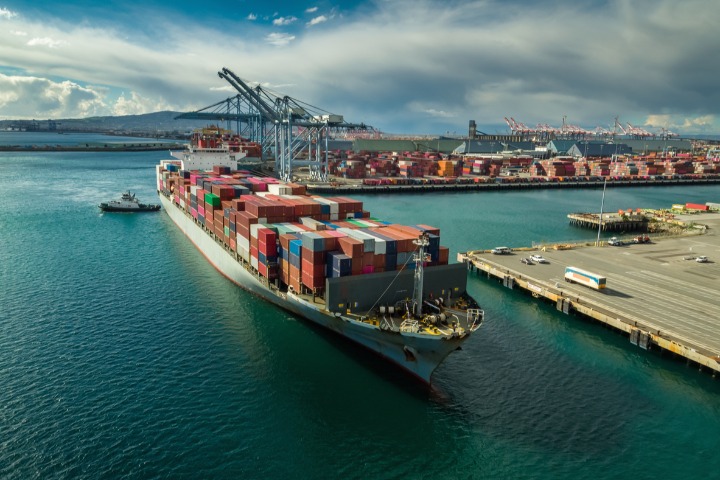
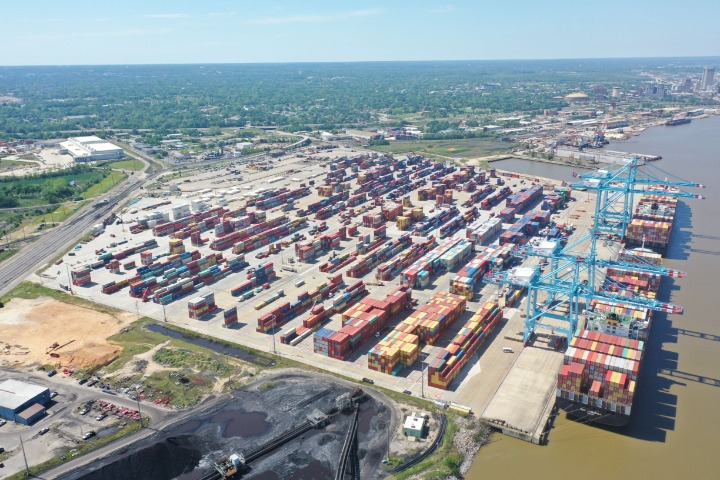













Comments